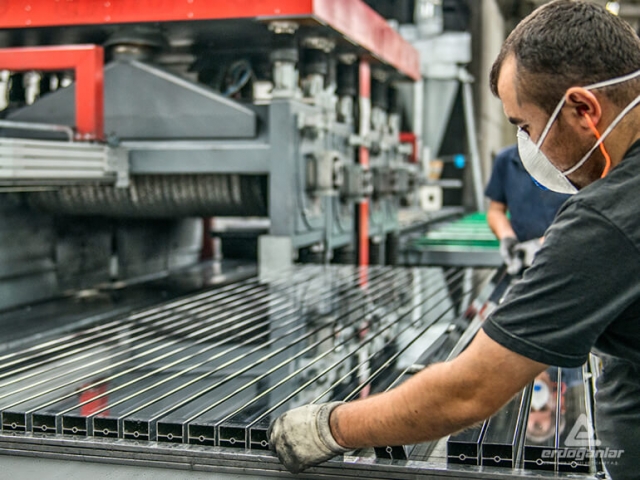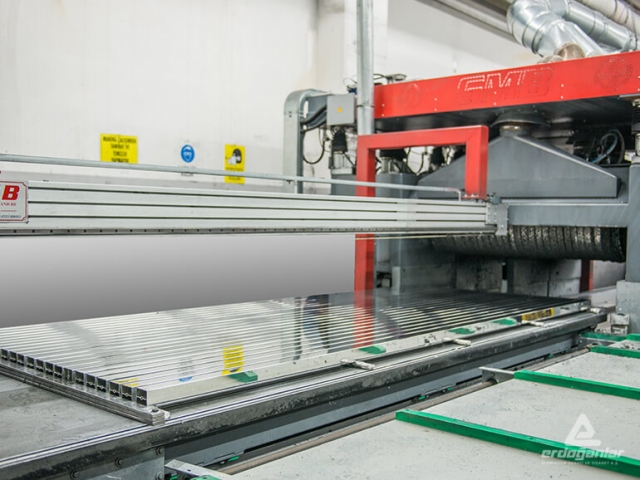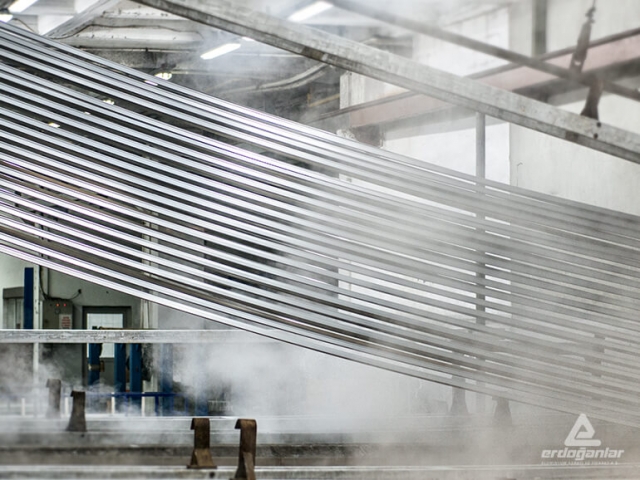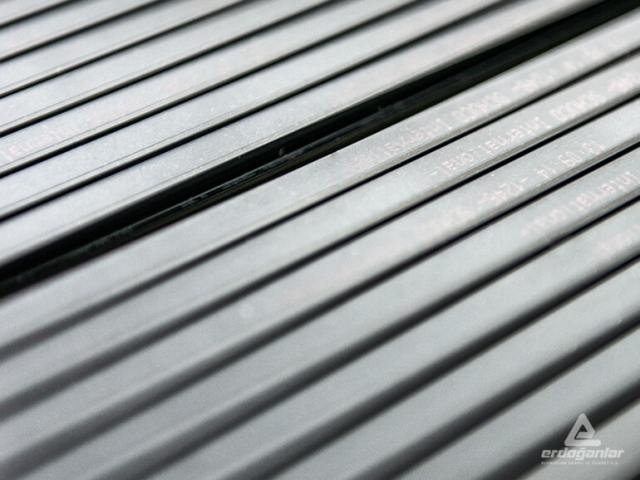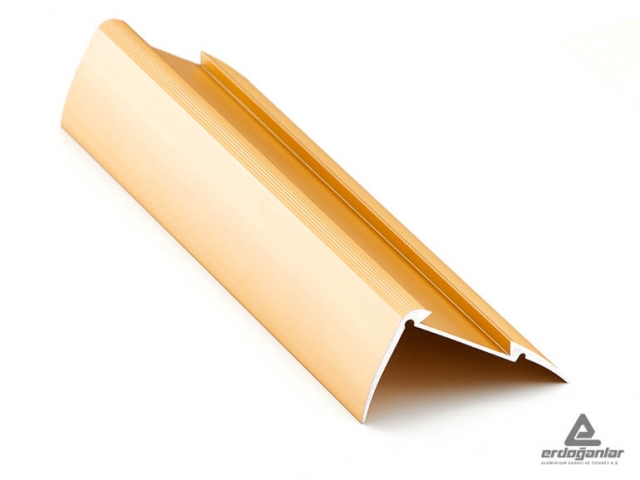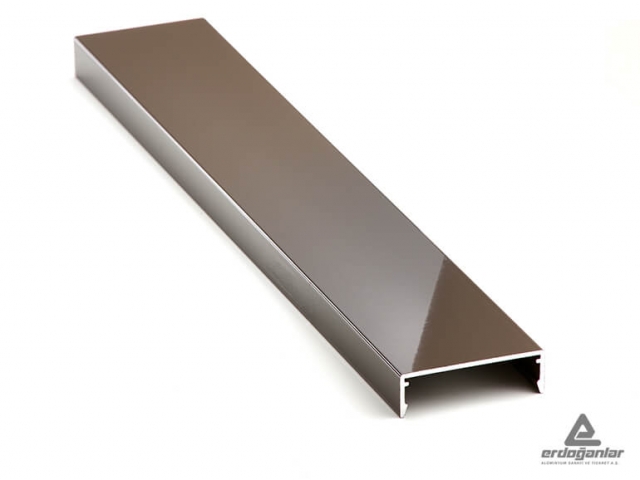
Anodising
Our anodizing methods allow us to choose from a variety of thicknesses and color ranges from 5 to 26 microns, all in accordance with Qualanod guidelines. With this technology, we’re able to give metal surfaces decorative, durable, corrosion-resistant, anodic oxide finishes.
What is Anodizing?
Anodizing is the process of electrochemically converting a metal surface into an anodic oxide finish. This anodic oxide structure originates from an aluminum substrate and is made entirely of aluminum oxide. Instead of applying the aluminum oxide to the surface, it is fully integrated with the underlying aluminum substrate – making it non-chipping and non-peeling.
The Anodizing Process
The process begins by immersing the aluminum in an acid electrolyte bath and passing an electric current through the medium. A cathode (or coil) is then mounted on the inside of the anodizing tank where the aluminum acts as an anode. This allows the oxygen ions to be released from the electrolyte to combine with the aluminum atoms at the surface of the part. Put plainly, anodizing is the controlled oxidation and enhancement of a phenomenon that occurs naturally.
Why Use Anodized Aluminum?
- It produces high quality surface finishes
- It provides beautiful, minimal maintenance, highly durable roofs, exteriors, curtain walls, ceilings, floors, escalators, lobbies, and staircases
- It’s considered safe for the environment due to producing little if any, harmful effects to land, air, or water
Many structures and products have been revolutionized by anodized aluminum, from computer hardware, exhibit displays, scientific instruments, home consumer products, building materials, and more.
ERD Metal also provides high quality finishes to all products.

